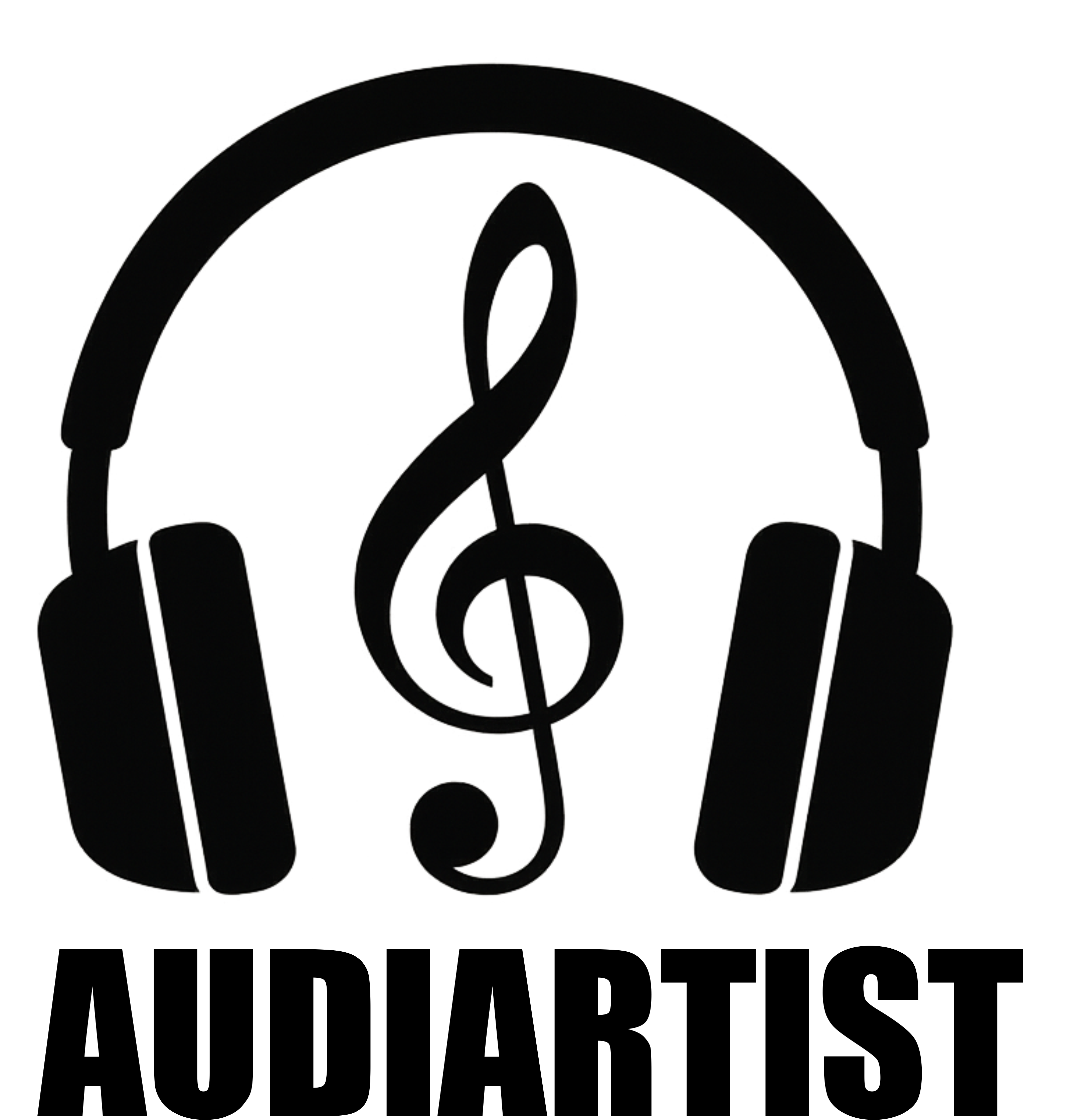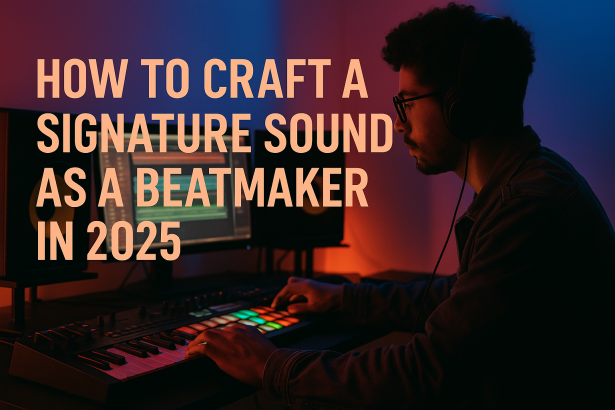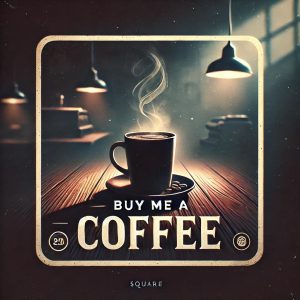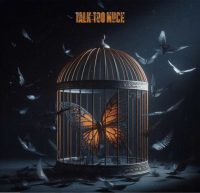Introduction
In 2025, being a beatmaker isn’t just about making fire beats — it’s about being recognizable. Your signature sound is your sonic fingerprint. It’s what makes an artist or listener say, “That’s your style.” But how do you actually develop a sound that stands out in a sea of presets and copy-paste loops? It starts with intention, texture, and a fearless approach to experimentation.
Start with Your Roots, Then Break the Rules
Your signature sound often begins where your influences end. Dive into what inspires you—be it Chicago House, UK Drill, Boom Bap, or Afrobeat—and study the core elements. What kind of swing do you like? Which BPM makes you move? Do you lean toward dark and moody, or bright and bouncy?
Then, flip it. Don’t just recreate — distort, stretch, pitch, and reimagine. True identity comes when you twist the familiar into something new.
Textures Matter More Than You Think
2025’s listeners have high-resolution ears. A standout beat isn’t just about a catchy melody; it’s about sonic depth. Explore:
Saturation and tape warmth (use RC-20 Retro Color)
Field recordings layered into drums for organic grit
Granular synthesis for cinematic edges
Reverb tails that create emotional weight (try Valhalla VintageVerb)
Your textures become your aesthetic. Think of them like the brushstrokes of a painter. They don’t need to be perfect — they need to be you.
BPM = Your Groove Blueprint
Finding your tempo comfort zone can help define your pocket. If your bounce lives between 90-95 BPM, your style might be smoother, soulful, or head-nod-inducing. If you’re naturally hitting 125-130 BPM, maybe you lean toward dance music or experimental club textures.
That said — don’t get boxed in. Some of the best beatmakers play with tempo like it’s another instrument. Try setting a base BPM and then chopping or warping samples across different tempos for unexpected results.
Unique Samples = Instant Identity
In a world where everyone’s pulling from the same kits, your originality lives in your sound source. Record your own one-shots. Flip obscure vinyl. Layer vocal textures or ambiances from your own city.
Sites like Tracklib or Noiiz offer fresh, rare samples with licensing. But don’t forget: your voice, your environment, your reality are the most untapped samples in the game.
Create your own custom kit. Name it. Use it. That’s the beginning of branding through sound.
Create with Limits — Then Expand
Paradoxically, limitations boost creativity. Pick one synth. One drum machine. One vocal loop. Build entire projects around those constraints. Doing this regularly will uncover recurring themes in your sound: chords you favor, rhythms you repeat, vibes you can’t escape. That’s your fingerprint.
Once identified, expand. Build on it with layering, remixing, and genre-bending. Don’t worry about making a “hit.” Focus on making you.
Conclusion
Your signature sound isn’t found overnight. It’s built one beat at a time. It lives in your textures, your tempo, your sample choices, and your attitude. In 2025, with so many tools and sounds at your fingertips, the real challenge is staying authentic. Don’t blend in. Stand out by digging deeper into yourself.
![]()














